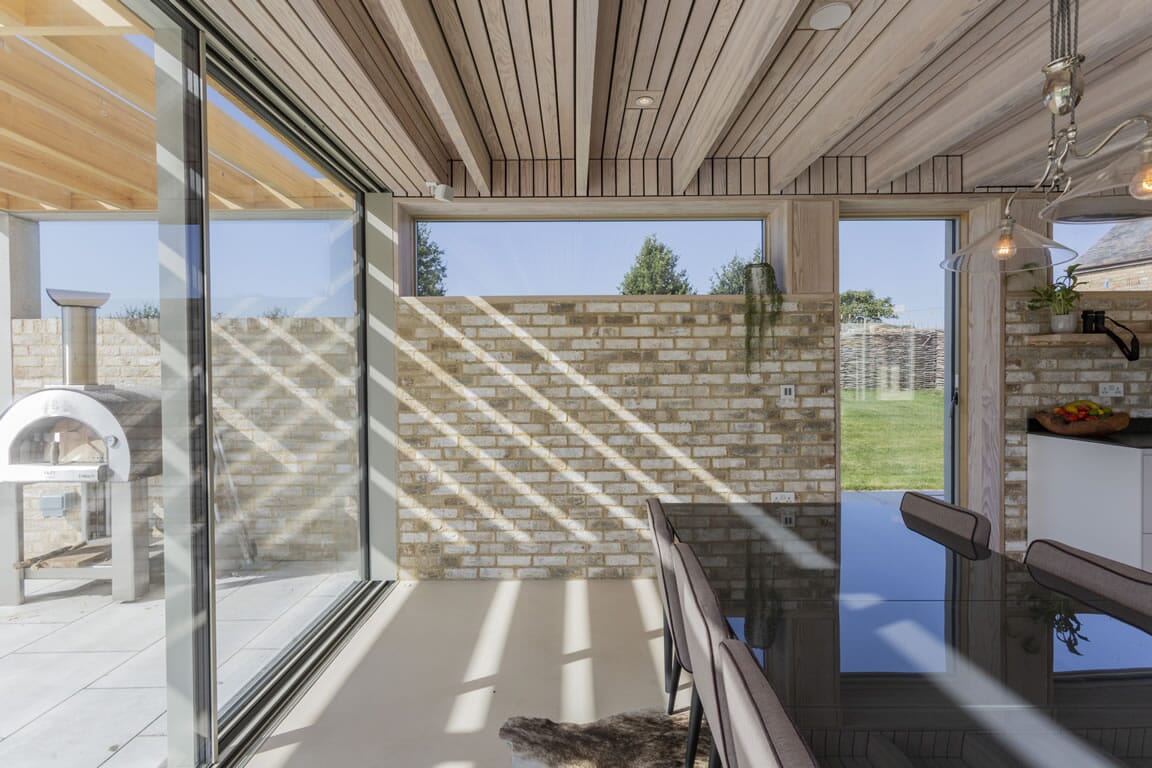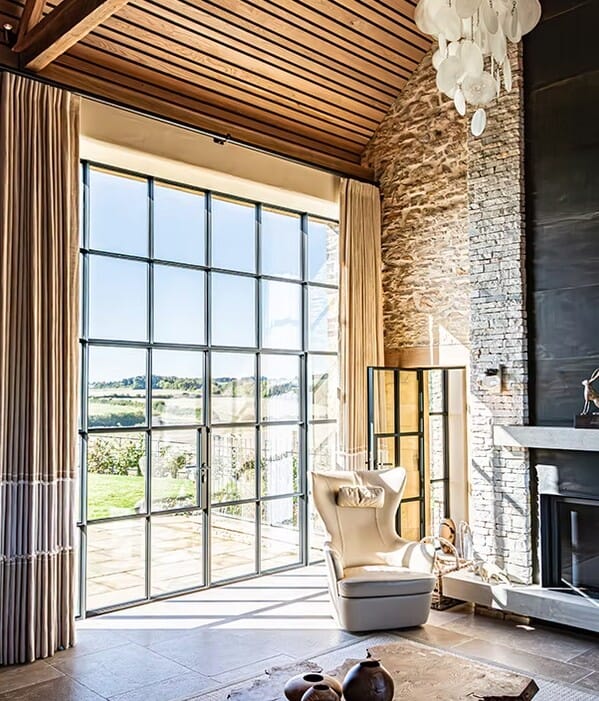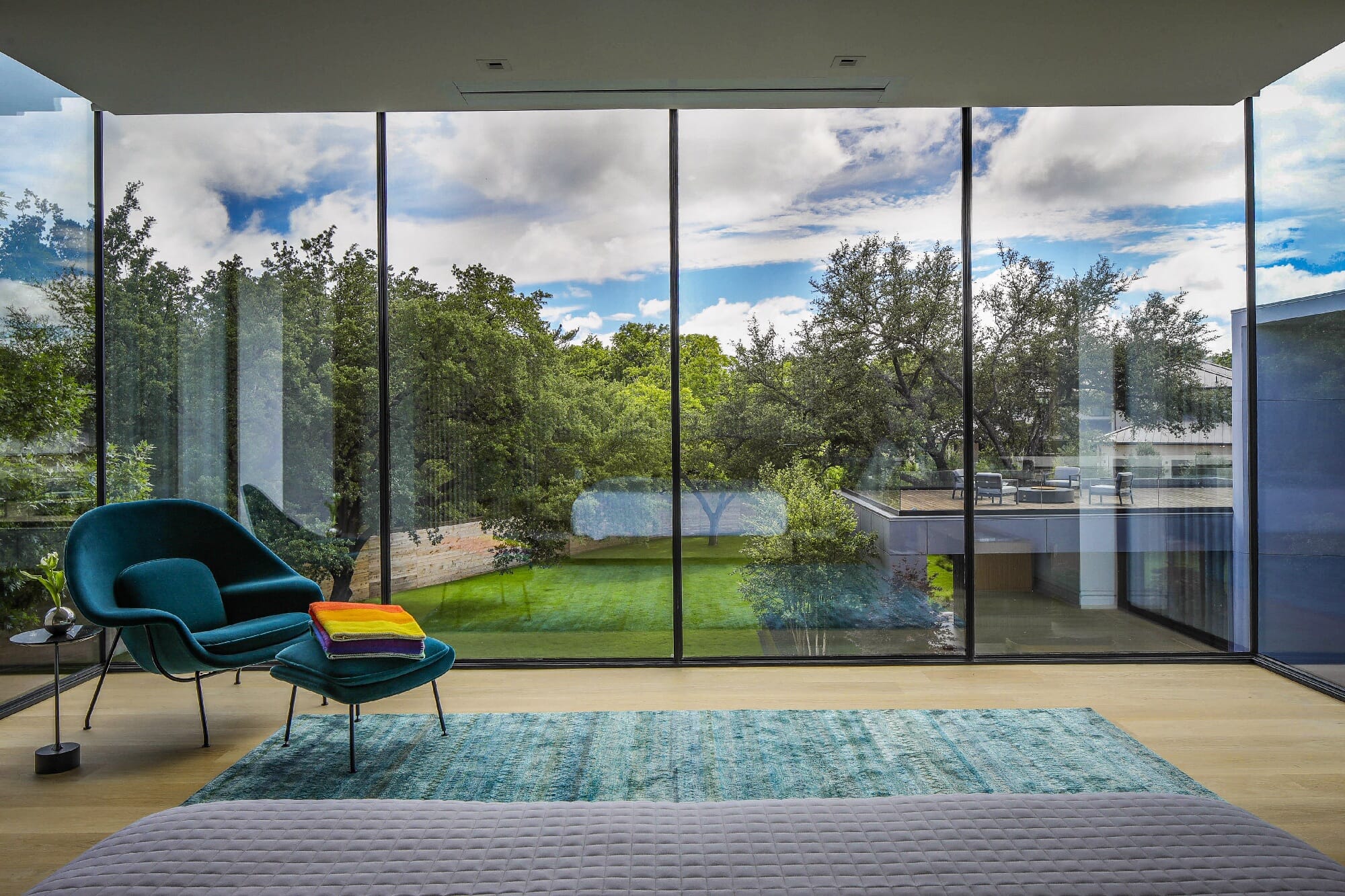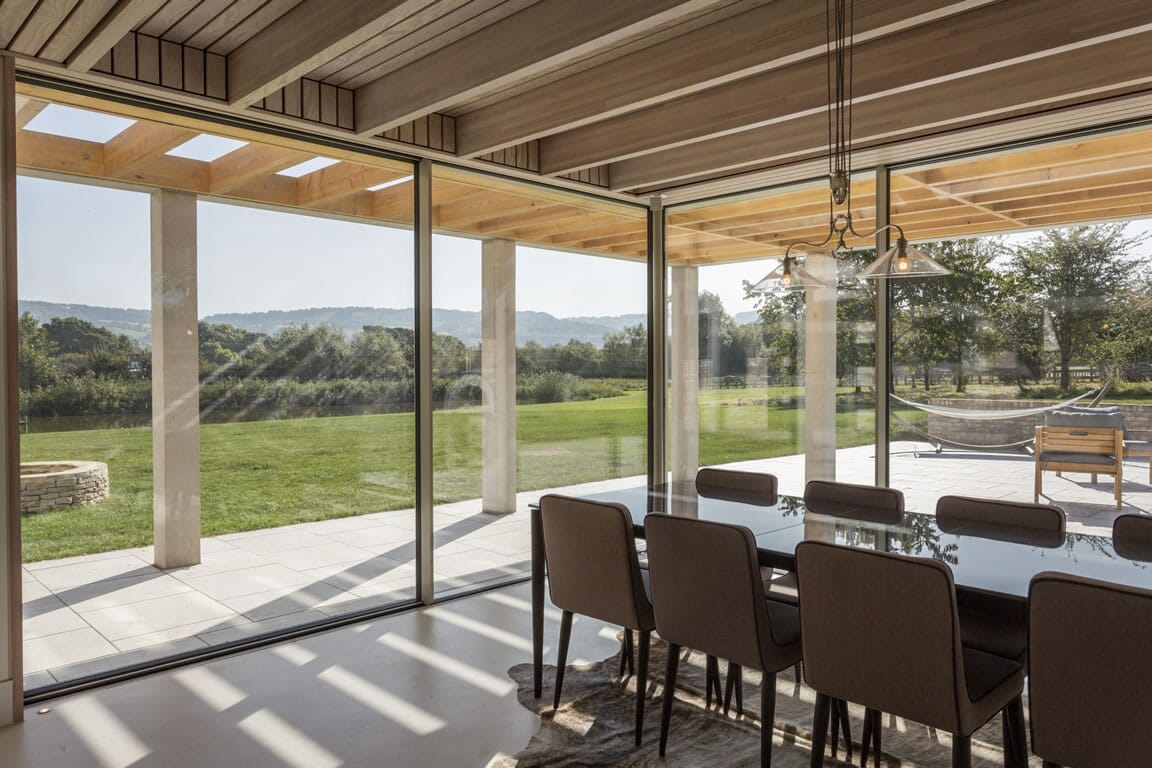
Solar control glass: a guide to glazing coatings and treatments
Discover the benefits of solar control glass in modern homes...

Stay comfortable in the heatwaves
Glass isn’t just a window – it’s a design statement. From floor-to-ceiling elevations to expansive sliding doors, glazing defines the look, feel and performance of a space. But as glazed areas grow, so does the need to control how heat and light move through the building. That’s where solar control glass becomes essential.
With rising summer temperatures and updates to Part O of the Building Regulations (focused on reducing overheating), choosing the correct solar glazing coatings and treatments is no longer just a nice-to-have – it’s a necessity.
In this blog, we explore how solar control glass works and how the right glazing coatings and treatments can transform both comfort and compliance.
What is solar control glass?
Solar control glass is a type of high-performance glazing with a microscopic coating that reflects a portion of the sun’s energy away from the building. Unlike traditional low-emissivity (Low-E) coatings, designed to keep heat in, solar control glass focuses on keeping heat out, while still allowing in natural light.
Both involve a microscopic metallic layer applied to the glass – Low-E on the inside pane, solar control on the outer pane. These coatings are essential for managing the internal climate of a building and achieving compliance with current energy performance regulations.
It’s important to note that these glazing coatings and treatments are built-in to glass panels from the outset, not aftermarket solutions. We strongly advise against using external films or retrofitted coatings, which can cause thermal stress, condensation issues and even glass failure.

Why solar control glass is essential
As building designs evolve and glazing areas increase, overheating is a real challenge, especially in open-plan spaces with lots of light and sun exposure. Changes to Part O of the Building Regulations now require developers and homeowners to actively manage solar gain to avoid overheating.
Solar control glass helps achieve this by reducing what’s known as the g-value – the amount of solar heat that passes through the glass. Lower g-values mean better protection against overheating, although with this comes an inevitable reduction in light transmission (LT-value).
Here’s how the numbers compare:
- Standard double glazing: 81% light transmission / 64% g-value
- Basic solar control glass: 71% light / 52% g-value
- Enhanced solar control glass: 61% light / 29% g-value
The reduction in solar gain is significant, while the drop in light is barely perceptible, especially when installed in large glass elevations. That’s why solar control glass is increasingly recommended not just for comfort, but for regulation and design performance too. You can read more about Calculating U-values of windows in our recent blog.

Solar glass that lets the light through
One of the most common questions we hear from homeowners and designers is: “Will it make the glass look dark?”
The answer is, not significantly. While there is a small reduction in visible light (especially in enhanced coatings), the change is usually imperceptible in day-to-day use, especially on large-format glazing. A 10-15% reduction in light through a 5-metre sliding door is unlikely to be noticed, particularly in a bright south-facing room.
At Cotswold Windows, we provide samples to help clients and architects understand the differences between standard and solar control glass, so you can make informed, design-led decisions. However, it is important to think about the following factors:
- Orientation: South- and west-facing elevations typically need more solar control.
- Seasonality: Solar control glass works year-round, providing welcome relief in summer but homes won’t benefit from heat gain in winter.
- Room usage: Kitchens, garden rooms and living areas often need more protection.
- Glazing size: Larger panes increase solar exposure – and the need for heat control.
Integrating performance without compromising design
Whether you’re specifying a Sky-Frame sliding system or MHB steel framed window, it is important to integrate solar control coatings at the design stage. Coatings cannot be retro-fitted and we strongly advise against using films post-market as they can affect performance and cause thermal cracking.
We work closely with architects and designers to advise on the right approach and can assist with specifying configurations that satisfy SAP assessments and regulatory compliance. Our technical team also supports with DWG files and specification resources, making it easier to integrate high-performance glazing into your project from day one.
Ready to find the right solar glass solution for your project?
From SAP calculations to specifying configurations, we’ll help you achieve optimal insulation with an environment that is comfortable all year round. Talk to the team at Cotswold Windows for expert advice, technical support, and access to the best products in high-performance architectural glazing
